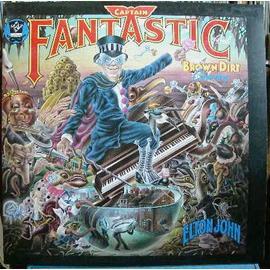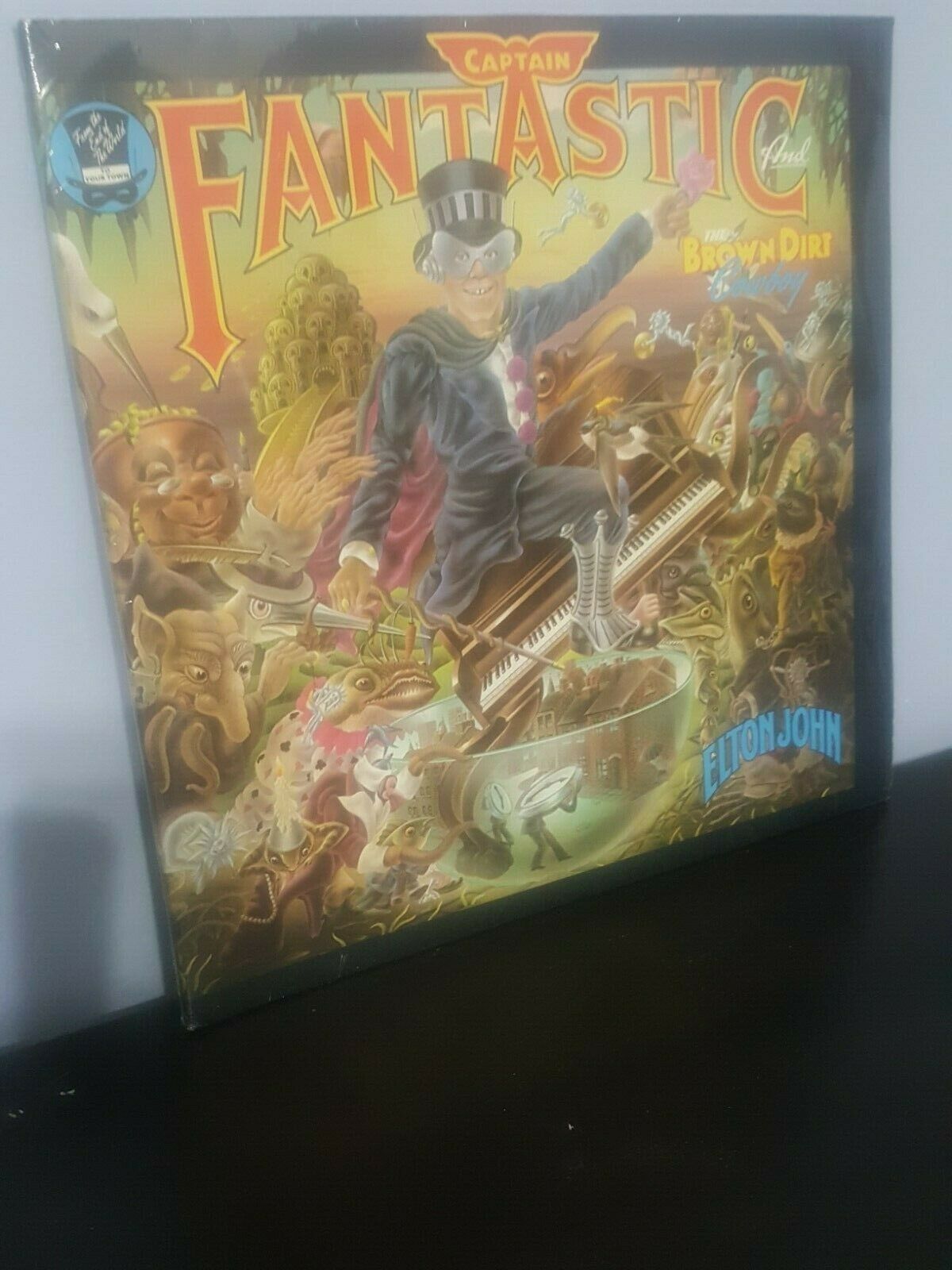

I guess the biggest difference is that the old way seared the album into our very being: today when I get free music from Google Play, I don’t even KNOW that much about most of the artists. The entire process of getting an album, unwrapping it, placing it on the turntable, ever so gently putting needle to groove, then settling down to unfold each new treasure of a lyric, unexpected percussion, pictures, etc, is incomparable to any kind of music acquisition I have today. I have written about this album SO much, and yet, just as I discover some nuance I missed in previous explorations of the music, lyrics and/or art, I find something new each time I discuss it. I almost didn’t get it due to the artwork, but a cool aunt wasn’t afraid to indulge her niece. I, too, received this masterpiece for my birthday, albeit my 8th, a little earlier than yourself.

I don’t want to sound like one of those people who bemoan the passing of the telegraph or the buggy whip but I will miss my feasts. And with the decline of music’s preeminent role in youth culture, so declines the need for the iconic art that helped define it. This powerful new medium has replaced much of what was the only form of expression for previous generations. If music matters less to the way youth define themselves today it’s because they have social media to do the job. In the past, youth used musical subcultures as role models and guides to determine how they saw themselves in the world and how they differentiated themselves from their parent’s generation. Music no longer functions as the only source for their self-schema. It’s not just that technology has changed cover art, it’s that the youth culture that drives all new music has changed.

The budget allowance for development of album artwork for a major record label also shrank from $100,000 per album at its peak to under $10,000 today. In 1982 the first CD was released, which shrank the available real estate to a 4 3/4″ square, and in 2001 the iPod and digital downloads further reduced the cherished artform to a 1″ thumbnail and rendered album artwork all but irrelevant. Many readers can easily recall album covers that stir memories of a certain time in their life and that have no doubt come to symbolize that period, especially during one’s high school and college years. Musicians and artists used the medium to produce iconic images that captured the zeitgeist of their generation. A perfect marriage of two distinct media, art and music, combined to become not only a marketing tool to sell music, but also a powerful form of social commentary. I spent hours flipping, playing, and feasting on every piece of minutia.įor decades nothing could match the creative frontier of the vast, one-foot square piece of real estate the LP afforded.

This was the heyday of the concept album-the theme of Captain Fantastic being a recounting of Elton and Bernie’s struggling early days-and this album was chock-a-block with all manner of goodies: inserts, a double cover with photos of the band, a wall poster and two 16-page booklets, one of lyrics and photos and one of memorabilia of their early career, an unheard-of feast for any fan. It was my favorite album for a long time, partly because of my love for all things Elton, but also because of all the stuff that came with the album. I played it and flipped it and played it and flipped it and played it and flipped it until my mom begged me for mercy. It was released, by the way, on the day of my birthday in 1975, which in my teenage mind filled it with no small amount of symbolism. Our birthdays are only a few days apart so we bought each other copies of the then-just released Captain Fantastic and the Brown Dirt Cowboy album. In high school I was a huge fan of Elton John, The King of Glitter Rock, and so was my friend Tamara.


 0 kommentar(er)
0 kommentar(er)
